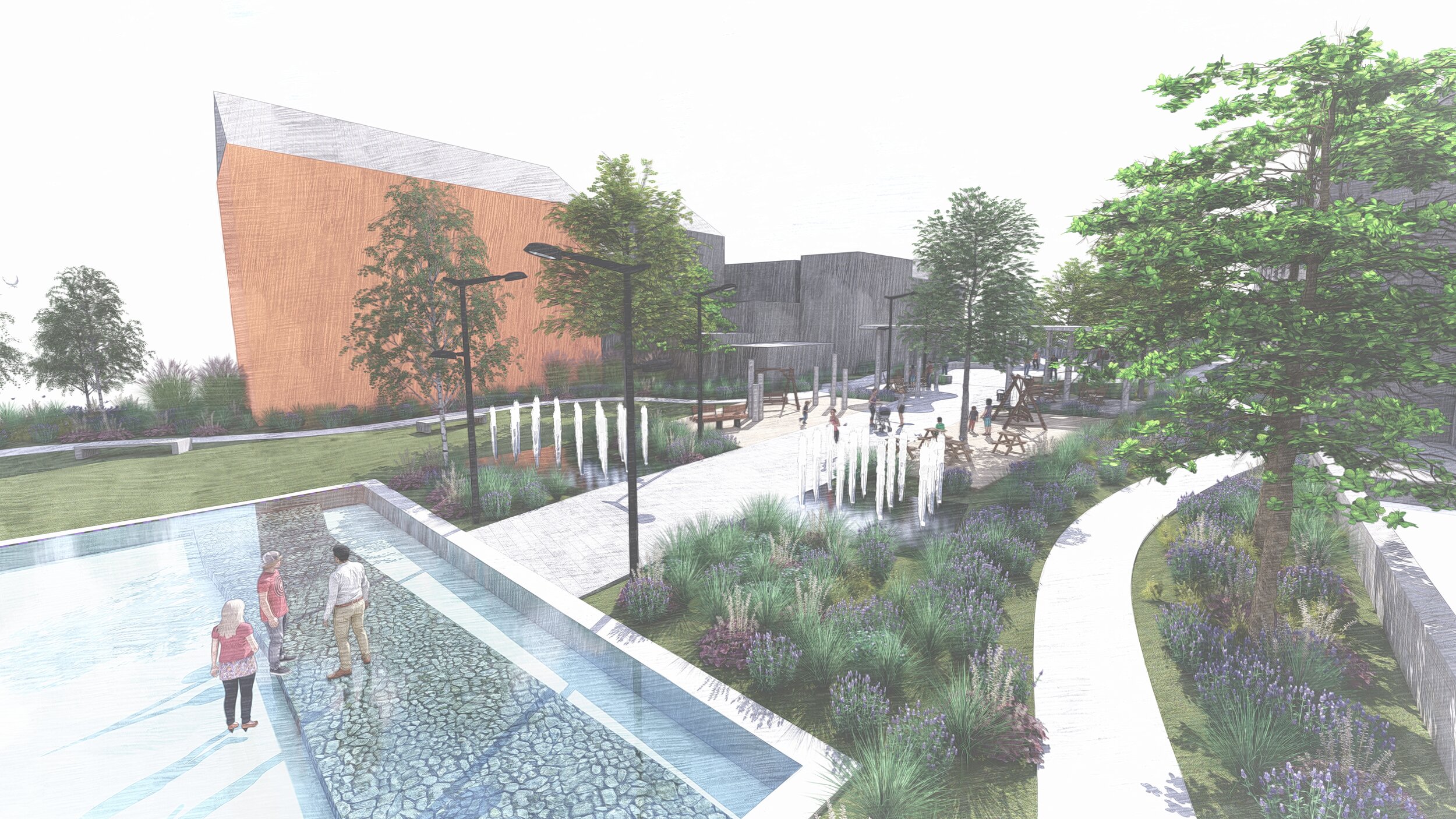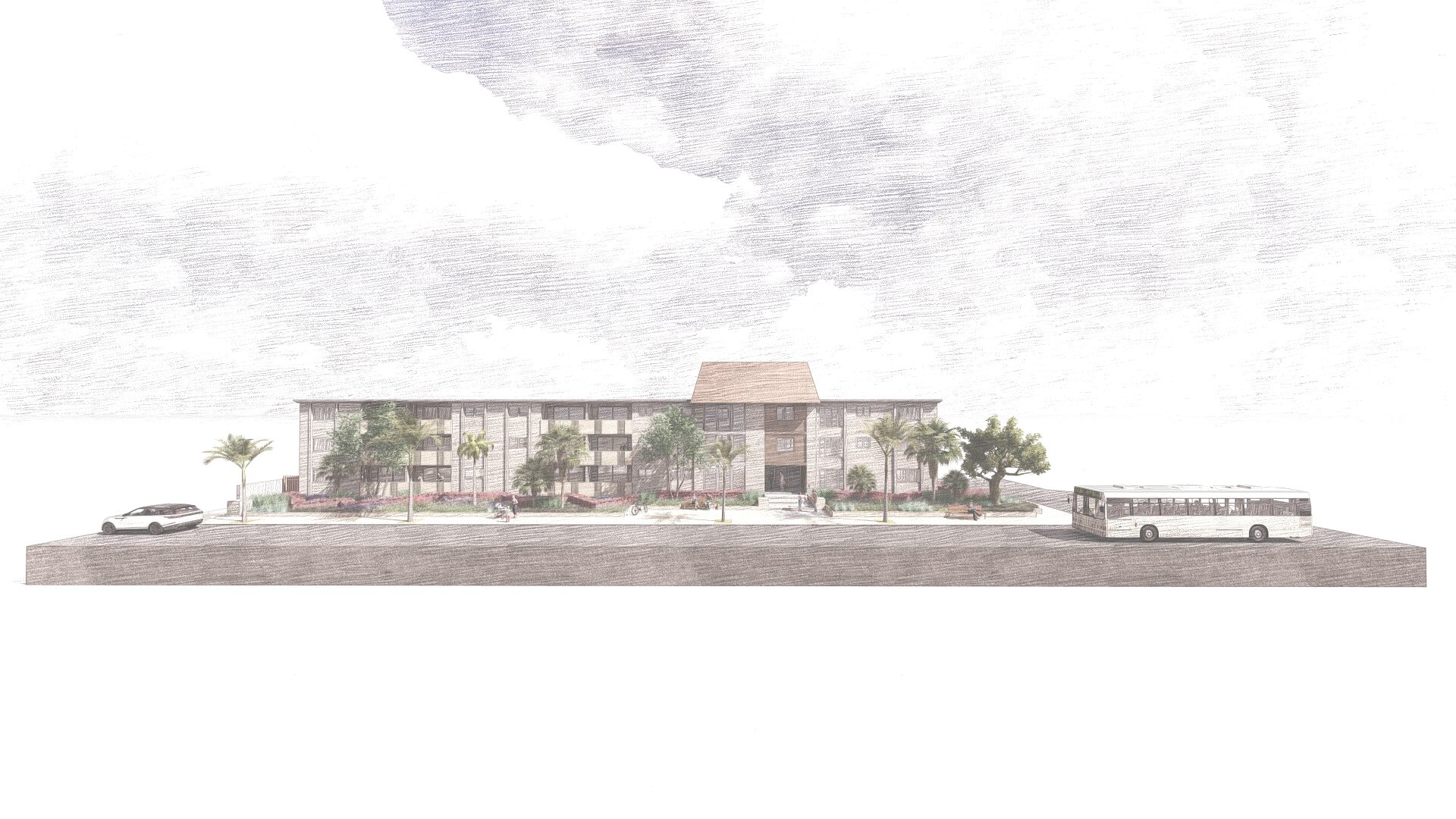OUR MAIN PRINCIPLES IN LANDSCAPE ARCHITECTURE
1. Link to the past
This principle emphasizes the importance of the relationship between past and future. A link between the past and the future is important since it tells us about the history of the place. This principle considers reality as a result of the past.
2. Holism
A landscape system consists of many components and defines a whole system. For instance, a holistic approach is a sustainable approach in many different ways – nature, human, urban life, and so on. These components and processes form the landscape together in one interrelated coherent system.
3. Creativity
‘Relating to or involving the use of the imagination or original ideas to create something’ (Oxford Dictionary, 2011). This principle suggests that landscapes are unique, that there are simply no common creative tactics to design the landscape project. It is the creativity of our mind that looks for a way out of a problematic situation. This principle suggests that the landscapes as evolving systems does not limit, but encourages creativity.
4. Adaptability
The future is unpredictable. An evolutionary landscape system deals with the integration of time and future uncertainty in the design. Therefore, the landscape becomes more adaptable to an unknown future.
5. Formlessness
A landscape system includes a set of processes that are constantly changing and evolving. Therefore the materiality is also changing. Moreover, the character of the changes is uncertain. The processes that will take place in the future are also not defined. Therefore the form that we see does not carry any meaning. ‘formlessness’ = open for future changes.












